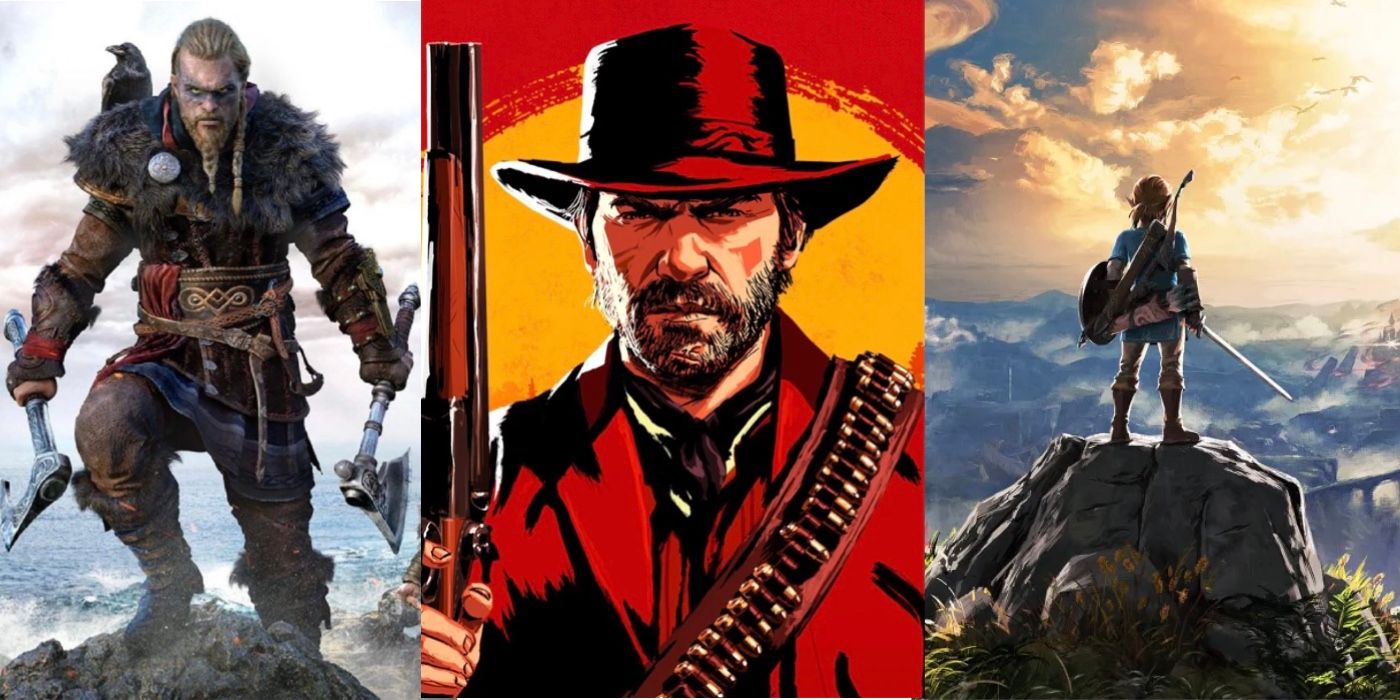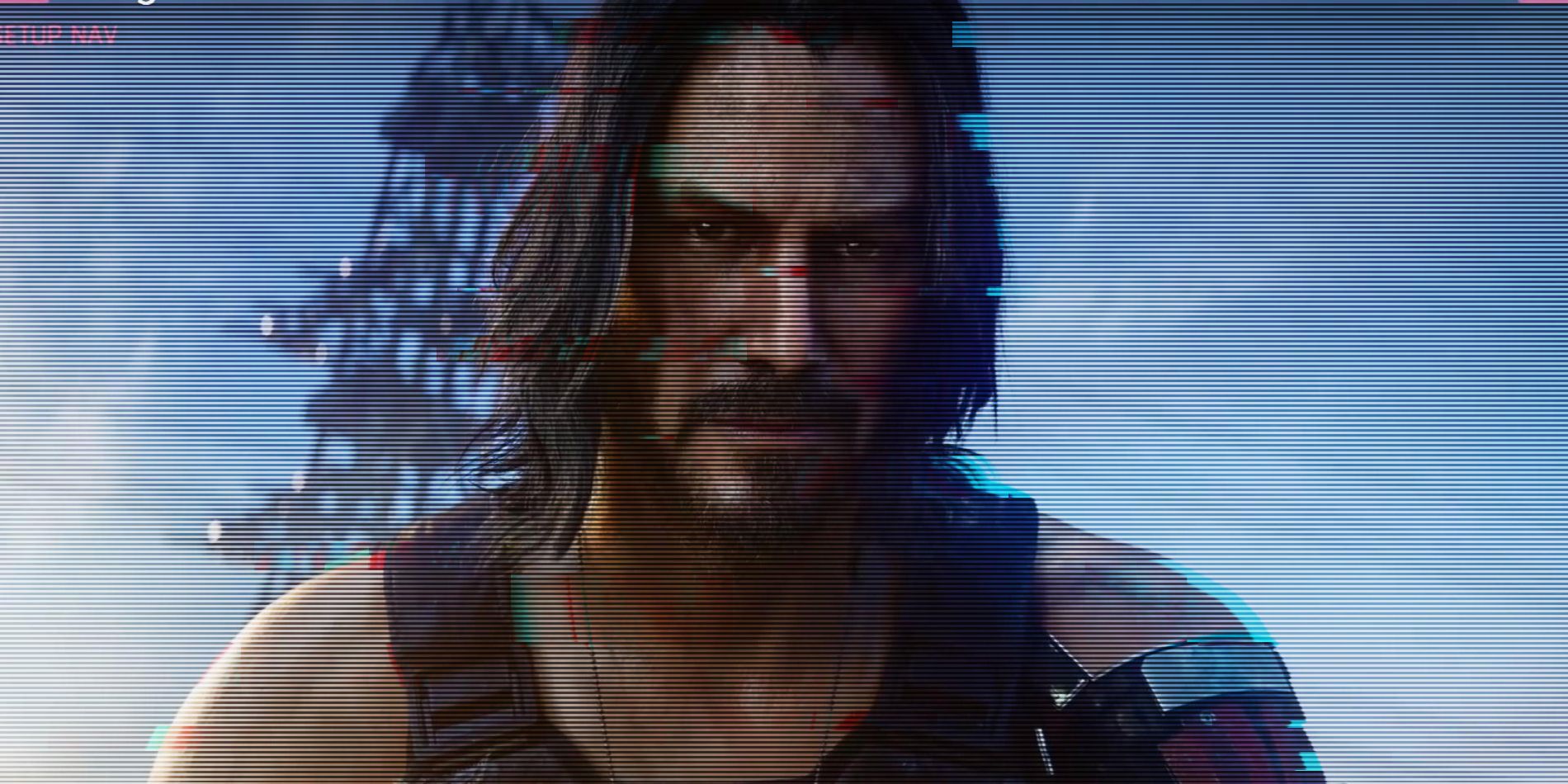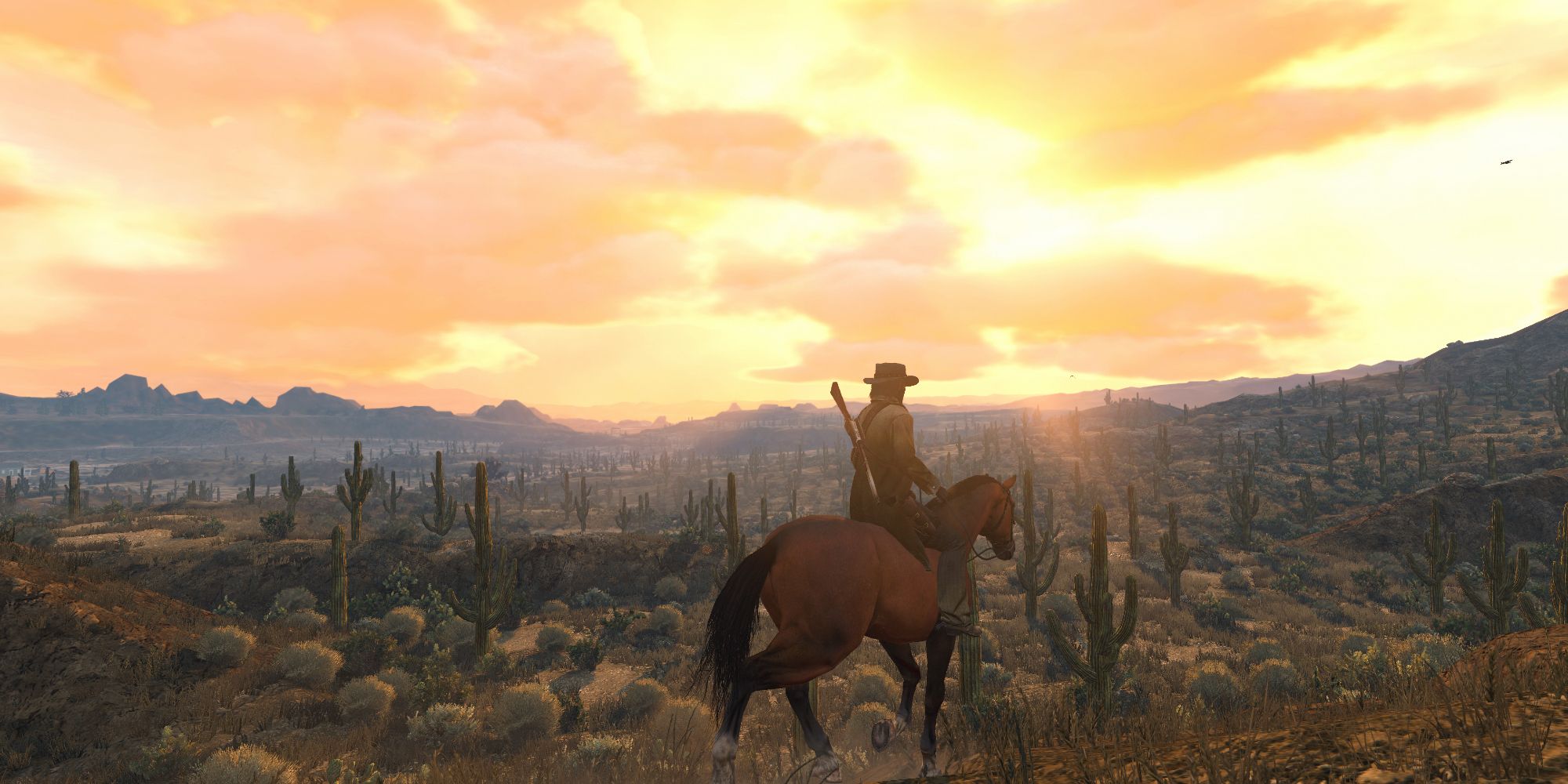Open world games, like Red Dead Redemption 2 and The Legend of Zelda: Breath of the Wild, are beloved by many because they allow players to explore and play, mostly, as they please. Open world games provide the opportunity for players to truly immerse themselves into the game world, as there is often quite a lot of exploring and things to do. Depending on the game, they may need to spend time leveling up, unlocking areas, gathering resources, or simply defeating a variety of enemies and gaining territory. These titles are perfect for those who want to spend a long time with a title and who enjoy turning over every stone and getting that 100% completion.
Another thing relatively common to open world games is their playtime. These games tend to be fairly long, approximately 40+ hours of content. The story usually needs to be rather long-lived in order to fill out the large world it takes place in, though some games pull this off better than others. In fact, recently, open world games seem to be struggling to balance a good story with a fun and entertaining world. As more and more people seek out long playtimes, probably to make that $60+ price tag feel worthwhile, some developers are making their games longer, and larger, in order to meet that demand. However, sometimes this is done at the expense of quality. The open worlds can be a little too empty and the quest lines can be a little too repetitive. This raises the question: are open world games getting too big?
A lot of open world video games are really great and a lot of fun to play, even if they have some major flaws. Sometimes though, even great games get a little too repetitive. Open world games are often filled with side quests to better expand the story and lore, not to mention to give players more things to do. Side quests can, for certain titles, be the best part of game - though sometimes they can also be extremely repetitive and start to feel like grinding. or just straight-up boring.
Open World Games Are Getting A Little Bloated
An example of this would be the new Assassin’s Creed titles. While these games are a lot of fun to play, many of the side quests are reduced to fetch quests, simple assassinations, or securing new territory. On their own, these actions are really enjoyable, but once players get to the 40 hour mark, they can be rather redundant. There is only so many times someone can sneak into a base, assassinate everyone, and sneak out without getting a little bored. A good example of side quests in an open world game is The Legend of Zelda: Breath of the Wild. The side quests in this title are mostly very different from each other. Each of the peoples the player encounters in the world have different needs, and their environments are so different that completing the quests often feels very different, even if it’s similar to another quest.
While the side quests are important to the quality and enjoyment of an open world game, they don’t compare to the importance of the main quest. If players are going to spend a lot of time completing the main story, it needs to be a good one. With games like Assassin’s Creed and Death Stranding, the main storyline can start to drag after a while, especially when most of the gameplay consists of delivering packages. Even with great games like Red Dead Redemption 2, the main story of an open world game can get lost in all the other stuff, while with titles like Breath of the Wild, the main quest is not only varied in its activities, but players can pick and choose which parts they play.
Another issue with both main and side quests in open world games is that so much variety is expected for the genre, so some developers tend to over-promise quite a bit. Cyberpunk 2077 is a perfect example. Players were supposed to be able to choose between three distinct pathways in the game that had their own side quests. This was not the case. The result was that many of the quest lines just felt like a disappointment. That lack of variety was definitely felt almost immediately, especially as it significantly reduced the game’s replayability, another common feature of most open world games. While that kind of customization is not necessarily required for the game to be good, it definitely helps, especially when the storylines feel a little lifeless.
Obviously a major component of an open world game is the world itself. A bland, lifeless world won’t be enjoyable to explore and spend time in. Properly filling an open world, however, takes a lot of time and effort to do. It also takes quite a bit of creativity to keep the world from becoming repetitive. This is where the Assassin’s Creed games shine. Egypt, Greece, and England are all filled with life. The NPCs are always doing something. A great feature of Assassin’s Creed: Odyssey is how sometimes players can come across Athenians and Spartans fighting in the middle of the road, or animals will randomly attack restricted bases, inadvertently helping the player out. These little touches make the world feel very alive and realistic.
This is also were Breath of the Wild falters. Hyrule is a beautiful world home to quite a few interesting people, but outside the handful of towns and stables, it’s mostly empty. Every now and then the player can run across an NPC walking down the road or getting attacked by monsters, but these moments are few and far between. Sure, Hyrule suffered greatly after the Calamity, but surely 100 years is enough time to have a slightly larger population. The characters players do get to interact with are all so interesting that it’s a shame that there aren’t more of them.
Cyberpunk is also a victim of a lifeless world, but for slightly different reasons. There are a quite few NPCs wandering around the city - though not nearly as many as advertised - but they don’t really ever seem to be doing anything. Some have even been known to disappear when the player turns their back. In a world that was supposed to be filled with highly active NPCs that lived their own lives, Cyberpunk just feels lifeless. Cyberpunk 2077 is truly a great example of what happens when developers are pushed too hard to do too much, something that cannot be overlooked in an open world game. And while plenty of titles in this genre performed much better than Cyberpunk, the underlying issue is still there and can be seen in other, less controversial, games.
While certain games make specific choices, like Death Stranding, that purposefully make tasks redundant or the world empty, it just doesn’t translate well to an enjoyable experience. Even if the tasks are fun to do, after a while just get boring. Other open world titles are so concerned with being the “biggest” or the “longest” that they get over stuffed with content that is just the same handful of tasks over and over again. Open world games need a lot of time to make properly (again, look at Cyberpunk). Unfortunately, game developers are often forced into a situation where it is impossible for them to produce the highest quality games - this has only been further exasperated by COVID 19.
Open world games are incredibly fun and can last players a long time, but if the time isn’t taken to do the job properly they are no longer enjoyable. In order for these kinds of games to continue to bring in players, developers are going to need to, first, take their time - it is far better to wait longer for a great game then to get a mediocre one quickly - and, second, to make sure that the content is quality. It is perfectly okay for a game to be shorter if it needs to be, rather than adding in a bunch of filler to lengthen the playtime. Hopefully, after the relative disaster that was Cyberpunk 2077, developers will take a step back and reevaluate the way they make all games, not just open world titles, and focus more on quality over quantity.



